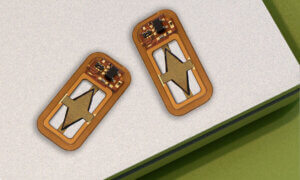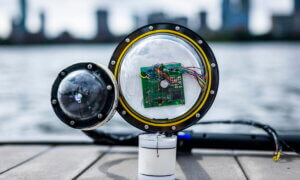The things we take for granted, someone else is praying for. In the poorest parts of the globe, that might mean a shelter, education and more often than not, clean water. Access to water is made difficult by a lack of infrastructure and unfortunately, environmental conditions. In very dry areas, water is hard to find but it shouldn’t be so. In fact, as years go by, these are the problems technology should be solving. MIT and Omar Yaghi’s laboratory at the University of California, Berkeley certainly think so; they have developed a device that can squeeze water from thin air using just sunlight #todaymagic
Researchers made up a synthetic material that can pull massive amounts of waters into its pores. To get an idea of its potential, imagine that one kilogram of this material can get several liters of water out of areas where there’s no more than 20% humidity in the air. This material, called metal-organic frameworks, is constructed from organic molecules stitched together with metal atoms. The size of the material can be adjusted, as well as the character of its pores, so they can capture specific types of molecules.

How does it work
During the day, the material is “powered” by direct sunlight. Sun rays hit the material, giving the device energy to convert those water molecules into vapor. As such, they’re released from the pores’ “grip” and go into an acrylic enclosure. Then, a condenser on the bottom of the vessel collects the droplets and pushes them into a different chamber. Here, at last, people can collect clean water.
As opposed to similar technologies, this device doesn’t need solar panels or batteries to work. It relies only on the sun and basic components.
To top it off, such materials are already mass-produced and very good prices by German chemical giant BASF, writes MIT Technology Review. That means this device could be a long-term solution for families where water shortage is a serious problem.
Follow TechTheLead on Google News to get the news first.
















